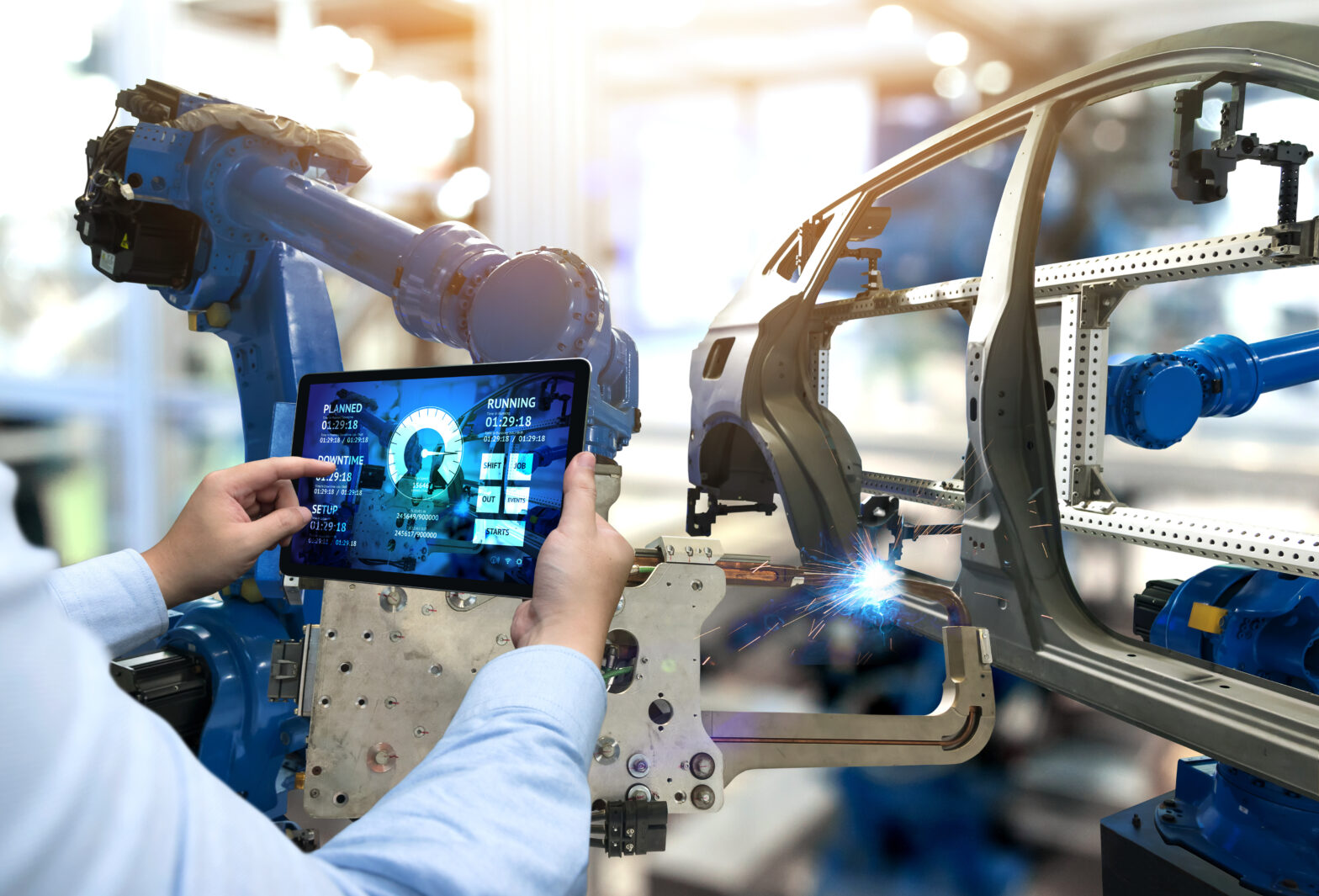Machine learning, a type of artificial intelligence (AI) that provides computers with the ability to learn without being explicitly programmed, has become a part of our day-to-day lives. Think of things like your Facebook newsfeed or your credit card’s fraud alert. Whenever you ‘like’ something on Facebook, the social media network takes that information into account and serves up similar content in the future. Or, if a suspicious transaction is made on your credit card, the credit company immediately puts a hold on the account.
So, what exactly is driving this trend? Data! There is more data available now than ever before, but business practices haven’t quite caught up to handle this influx of information. Luckily, adjusting business practices, plus the right investments in technology, can help companies adapt to these changing demands.
>See also: IoT ushering in the era of physical/digital convergence at LiveWorx 2017
Manufacturers have been slow to incorporate machine learning into their daily practices. However, there are several areas, particularly in after-sales service, where machine learning could positively impact manufacturers’ bottom line and the overall customer experience.
Here are three areas where manufacturers can incorporate machine learning today, and start seeing immediate results.
1. Service parts demand forecasting
Efficient demand forecasting, which predicts future demand for products and parts based on past events and prevailing trends, is a key component to after-sales service success. An accurate picture of demand allows manufacturers to improve service after the initial sale of a product without increasing costs.
In after-sales service organisations, it’s all too common for service parts planners to lack visibility into supply or demand between different stocking locations, leading to forecast accuracy issues and problems maintaining a balanced inventory, and most notably, increased costs. Oftentimes, this is a result of manual processes, as well as outdated technologies and business practices.
>See also: 4 industries that will be transformed by machine learning in 2017
Investing in technologies that incorporate machine learning gives manufacturers greater control and visibility, as well as an effective service parts inventory redistribution process. Cloud-based inventory management solutions eliminate overstocking and enable warehouses to work with each other – as opposed to each operating in its own silo – to meet demand. The ultimate results are high service parts fill rates, high levels of product uptime with minimal risk, and increased customer service levels.
2. New product introductions
When a new product is introduced, there is no historical data to predict when certain service parts will need replacement or repair. And missteps in part availability and customer service can be costly in competitive industries.
When a manufacturer is introducing a new product, machine learning can use algorithms and analytics to track and determine the launch’s success, incorporating data from sales, social media chatter and web traffic, among other sources. This helps manufacturers, particularly in their after-sales service organisations, know when and where replacement parts need to be ordered and stocked, oftentimes eliminating excess inventories and overhead costs. Plus, when parts are stocked appropriately, customers are guaranteed a great service experience.
3. Service part price optimisation
Many manufacturers today rely on pricing practices of the past, like cost-plus models and Excel spreadsheets, to price service parts. This leads to parts and products being sold at different prices in different locations – creating poor customer experiences – as well as a missed profit opportunity for manufacturers. These pricing approaches of the past are one of the biggest factors holding back the full optimisation of after-sales service profits and revenue.
>See also: What is machine learning?
When coming up with pricing for service parts, manufacturers should be mindful of the different factors that can be used to enhance sales, including part location, seasonality, weather and demand. With machine learning capabilities, manufacturers can incorporate all of these factors to automatically adjust prices based on what the market will bear.
Machine learning is the next stage in supply chain business intelligence, specifically for after-sales service. Although adoption has been low – bringing in new data infrastructure can be both costly and time intensive – it will take its place as a mainstay in supply chain technology within the next few years, especially as the category continues to rely on forecasting models and trend analysis.
Sourced by Gill Devine, VP Emea, Syncron







